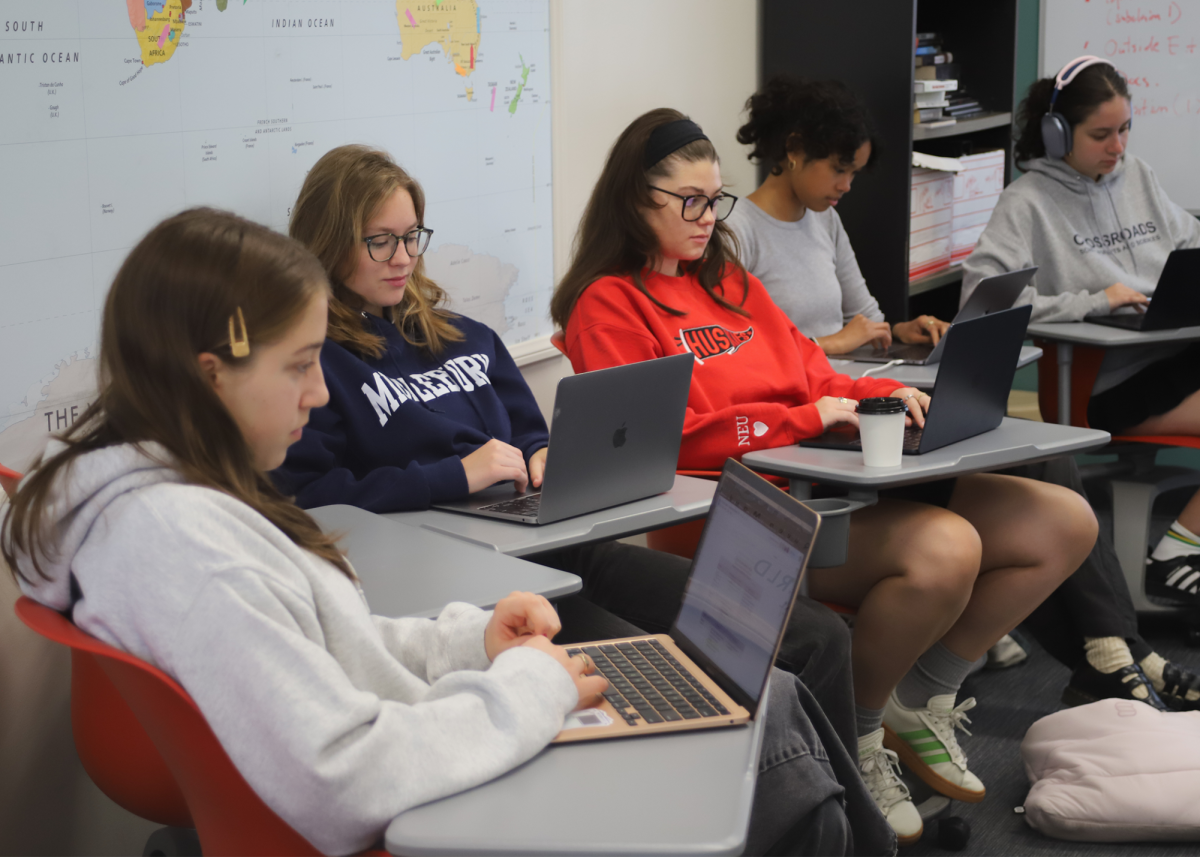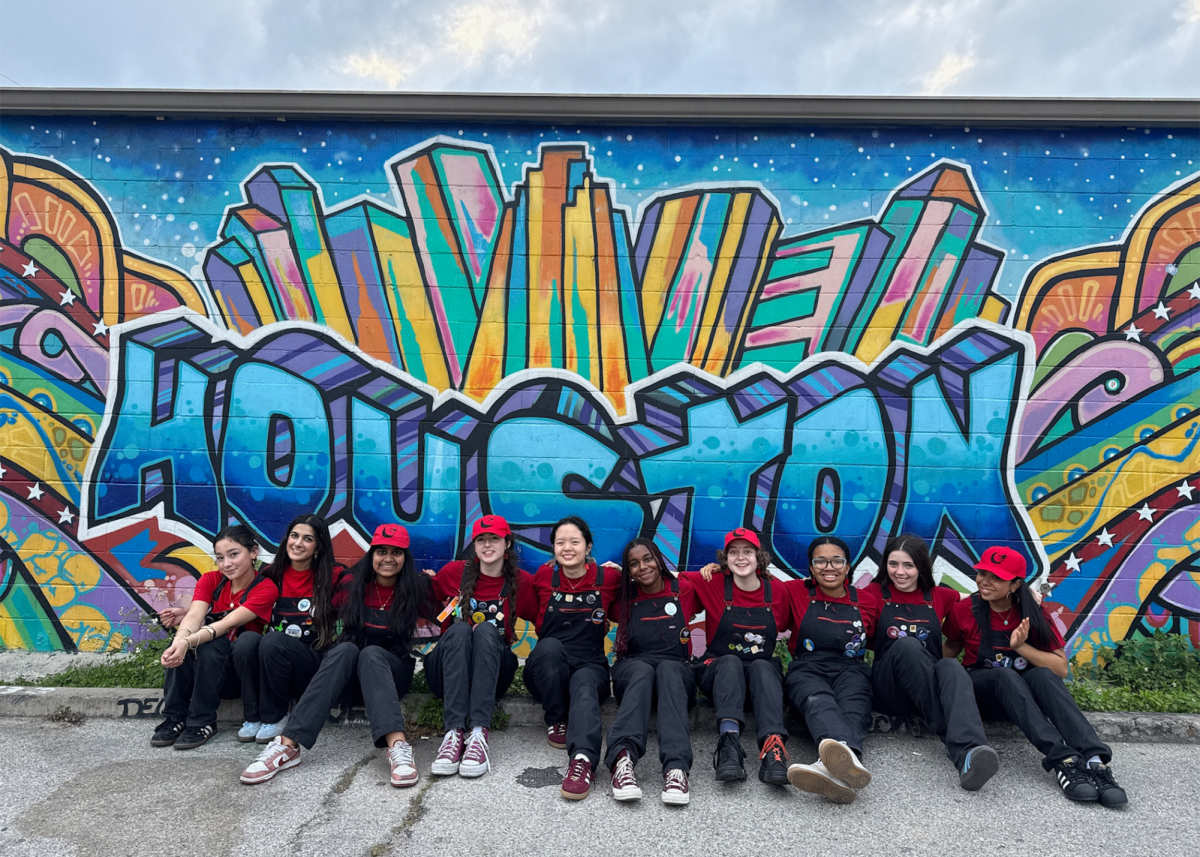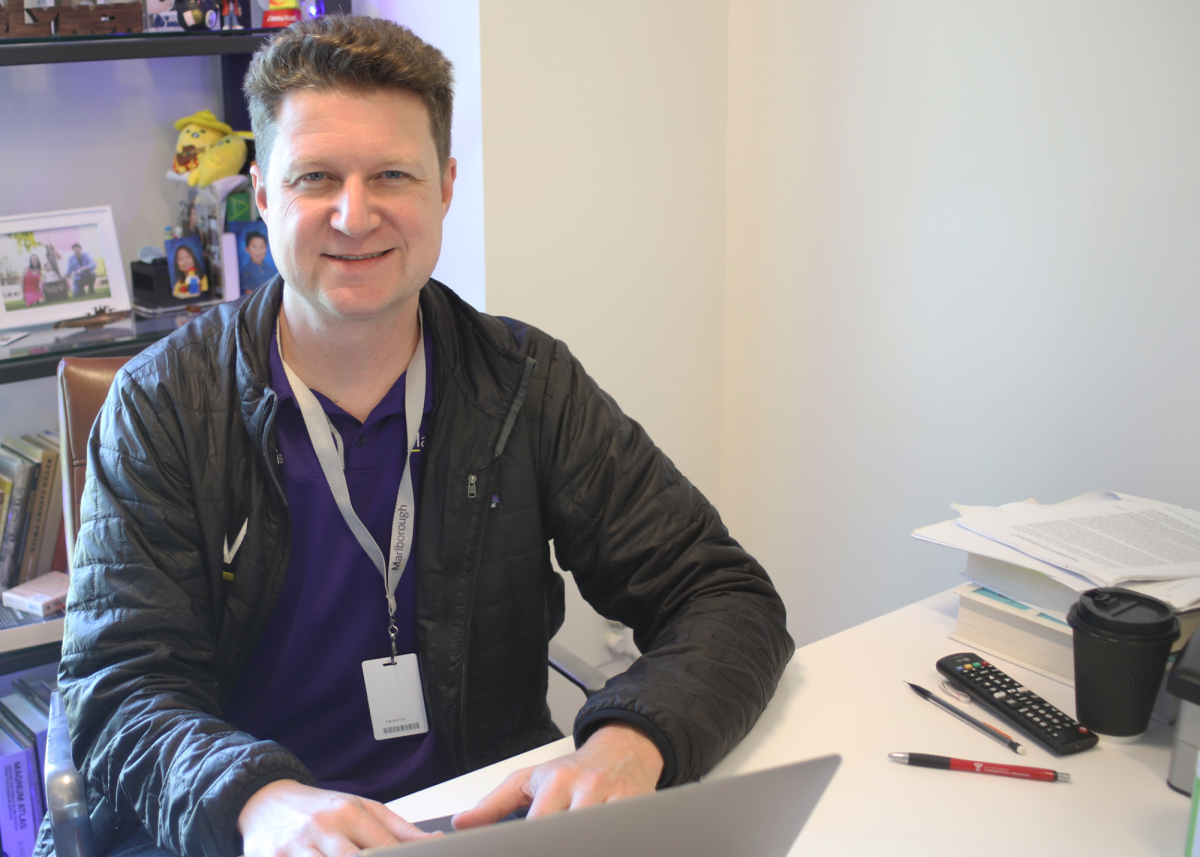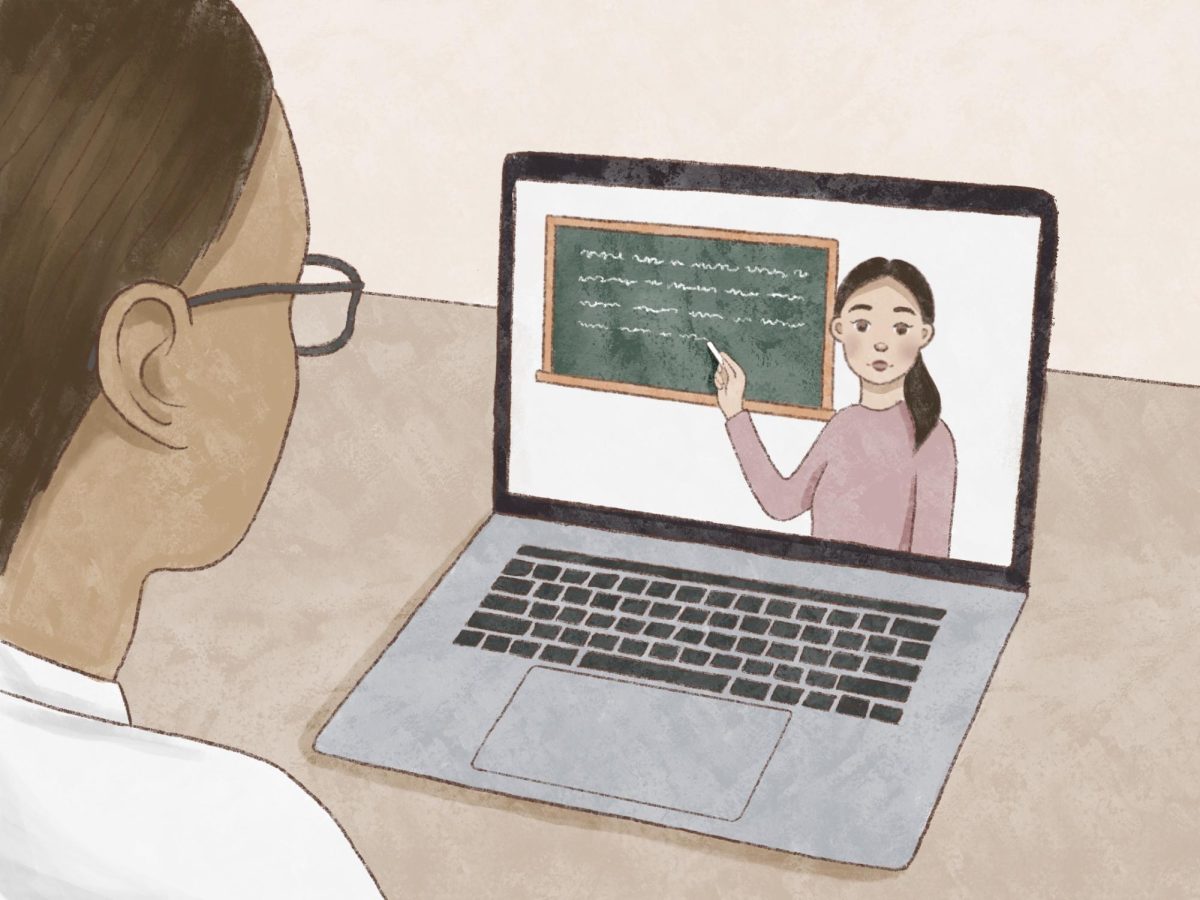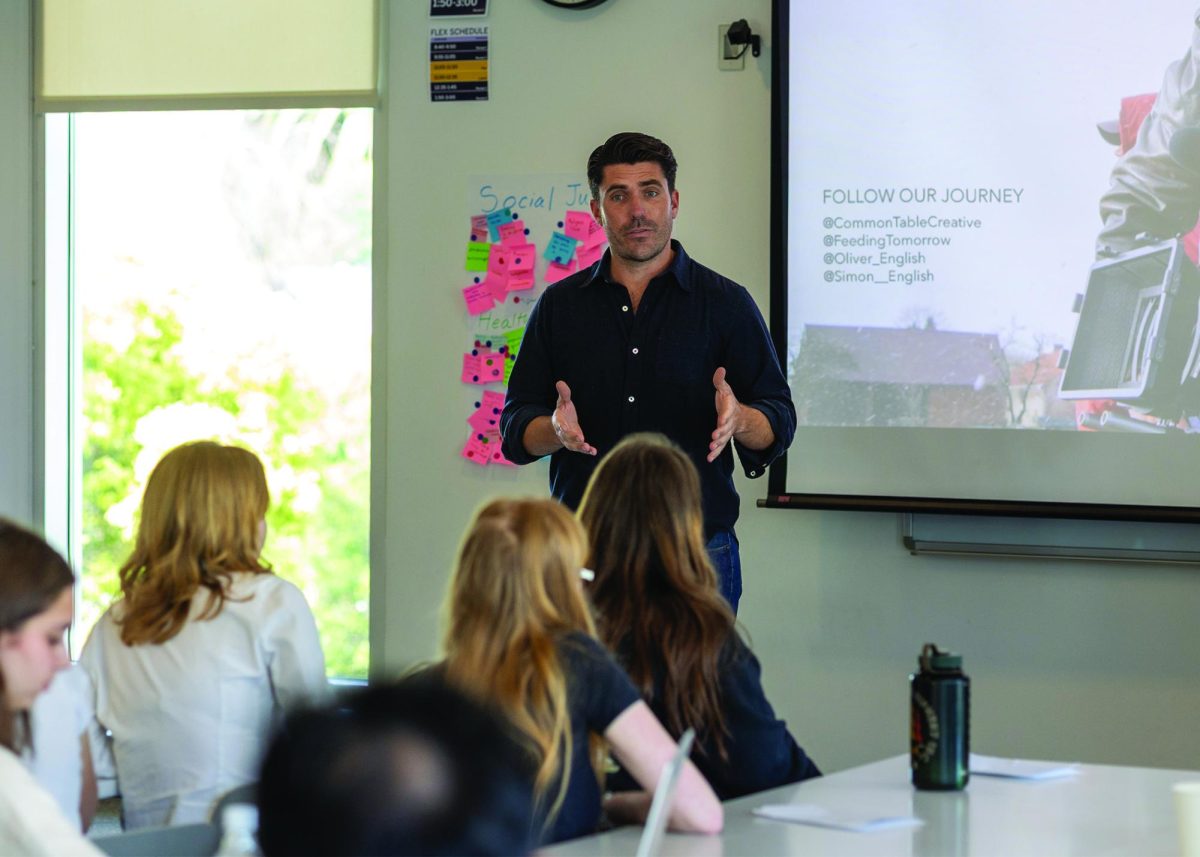
A typical school day for World Languages instructor Andrea Fuentes starts at 6:00 a.m. and doesn’t stop until late in the evening. Fuentes, who has recently returned from parental leave, has two young sons, Mateo (3) and Julián (4 months). As their primary caretaker, her days are busy from start to finish.
Fuentes begins her day by nursing Julián and preparing breakfast for Mateo, before checking her emails for any important updates. She then pumps for Julián, before teaching her first class from her “she-shed,”— a converted garage that is disconnected from her house. During her lunch, she cooks for her sons and nurses again before teaching her second class of the day. It isn’t until after playing with her sons in the afternoon, preparing dinner and putting them down for the evening, that she is finally able to grade and lesson-plan for the next day.
Fuentes feels grateful that Mateo and Julián are young enough to overlook the sadness of the pandemic, for the most part.
“In many ways, I consider myself lucky that they’re both so little, because they won’t remember this time,” Fuentes said.
However, the burden of caring for her sons has also proved to be an immense challenge. According to Fuentes, the hardest part of teaching from home is drawing the line between her work and caring for her older son, Mateo.
“He sees me at home, and thinks I’m available to play with him, so it’s been hard for him to understand that I have to work while I’m at home,” Fuentes said.
Fuentes is just one of many teachers across the nation who has struggled to balance a teaching profession with the responsibility of caring for young children during the COVID-19 pandemic. In the Marlborough World Languages department alone, instructors Amy Pappas, David Sainsily, Vanessa Robinson-Kim, Fei Li and Department Head Elizabeth Vitanza, share similar experiences to Fuentes.
Vitanza, who has one son, Julien (9), believes that the demanding nature of teaching from home and parenting this past year has affected the whole department.
“We’ve all had to adjust and realize that being ‘good’ is fine when we are teachers who aim for ‘great’,” Vitanza said.

According to recent statistics by Family Caregiver Alliance over 75% of familial caregivers are women, meaning that women often hold more responsibilities surrounding childcare than men. As a department with over five times as many women as men, it is not surprising that the world language teachers have been hit especially hard with the challenges of working from home this past year.
“The reality is that a large percentage of teachers are women and historically it is also women who bear disproportionate caregiving responsibilities at home. I would say that we’re all trying to juggle work and our full-time caregiving responsibilities as best we can, but it hasn’t been easy,” Fuentes said.
Robinson-Kim, mother to Miles (1), has also found parenting during the pandemic to be burdensome.
“My husband does not work from home. He works at night and sleeps during the day, which makes it challenging for me to both do my job effectively and parent on my own,” Robinson-Kim said.
Marlborough’s return to hybrid learning also imposes a new challenge for teachers with young children and big adjustments for their families.
“By the time I drive to school and back, that’s over an hour of time in the car instead of prepping/grading/etc. It’s just not efficient for me, since I feel pretty productive at home,” Vitanza said.
However, since the return to hybrid learning at Marlborough, Vitanza and many other teachers have returned to teach in person. Fuentes continues to teach from home, along with world language department member Fei Li. Other department members David Sainsily and Amy Pappas also continue to teach from home as well as returning to campus.
“I love my students but I also love my own children, and having to choose between the two is not an easy choice to make,” Fuentes said.

